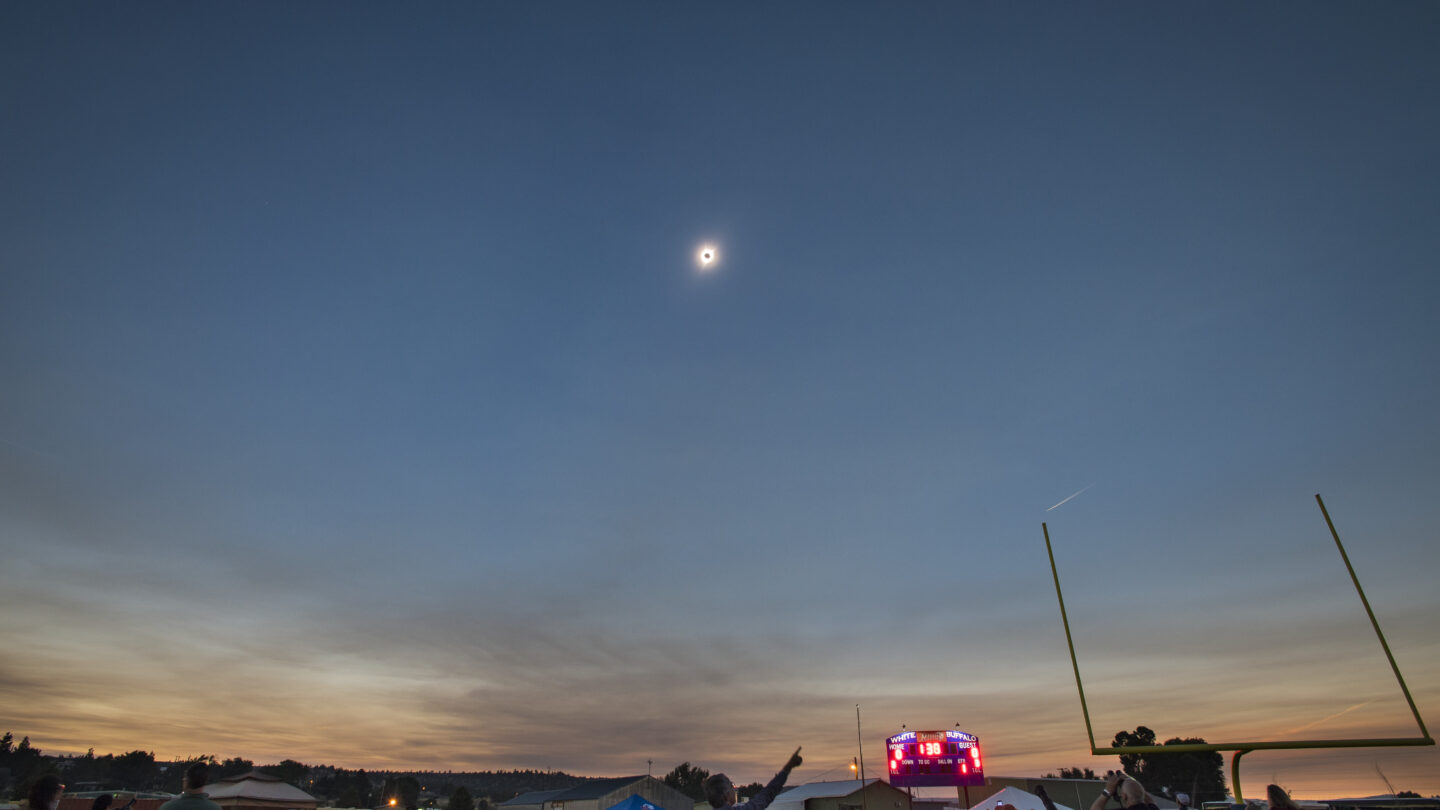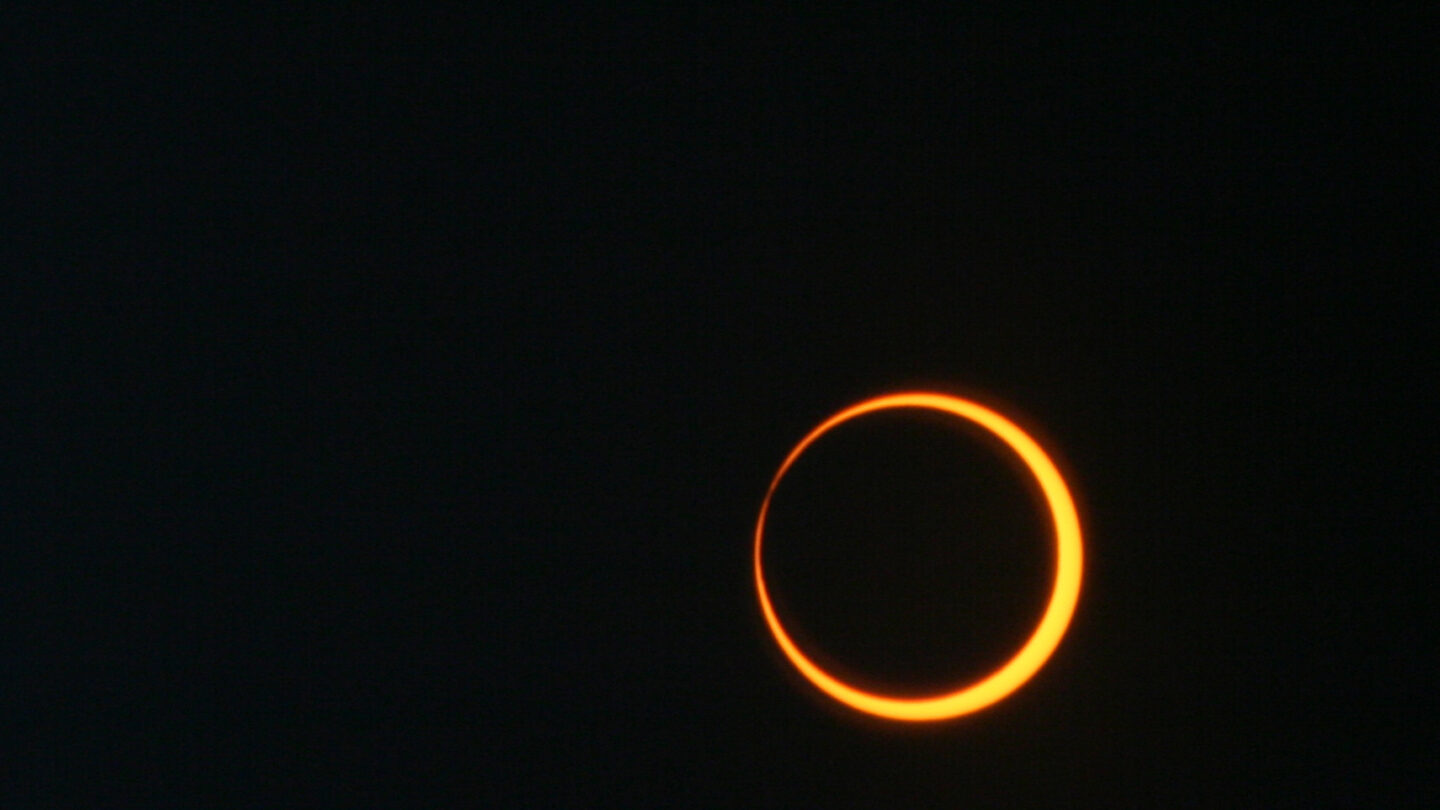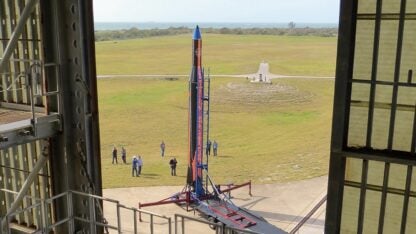Solar eclipse crosses over Georgia Saturday

Turn around, bright eyes — on the afternoon of Oct. 14, because Georgians will have a chance to see a solar eclipse.
From 11:45 a.m. to 3 p.m., with the peak viewing around 1:15 p.m., the state will see the moon pass in front of the sun.
“This particular eclipse is kind of a hybrid because the moon is just a little bit further away than it needs to be,” said astronomer David Dundee of the Tellus Science Museum in Cartersville. “So the moon is a little bit smaller than it should be.”
This means that even where people see the moon cover the sun entirely, there will be a ring of the sun surrounding the moon called an “annulus,” making this eclipse a total, annular eclipse.

Depending on where a person views the eclipse, you could see the moon entirely in front of the sun or only partially covering the sun. During this eclipse, western states like Texas will see eclipse totality, but in Georgia, Dundee said watchers can expect to see the moon cover about 50% of the sun.
“When you look at the sun safely, it’ll look like the cookie monster has taken a bite out of the sun,” Dundee said.
This eclipse is also set to be a unique one because the sun is “really active” right now with lots of sun spots, which is when the magnetic field from within the sun burbles up to the surface.
“If you forget and you’re walking down the street, you won’t notice any difference in lighting because 50% of the sun is still plenty plenty bright,” Dundee said.
Even then, he said people — like any other day — should not look directly at the sun, even with sunglasses. One of the best ways to view the eclipse safely is to use the special eclipse sunglasses you can get from a science museum like the Tellus Science Museum or Fernbank Science Center.
Dundee said the Tellus Science Museum will also have its observatory open to view the eclipse, and NASA will also stream the eclipse online. The Fernbank Science center is holding a viewing event as well.
The next solar eclipse in the U.S. will be April 8, 2024. Like this year, Georgia still won’t be in the arch of the best-viewing. 100% totality will be viewable closer to Mexico, Texas into Illinois and the northeast.








